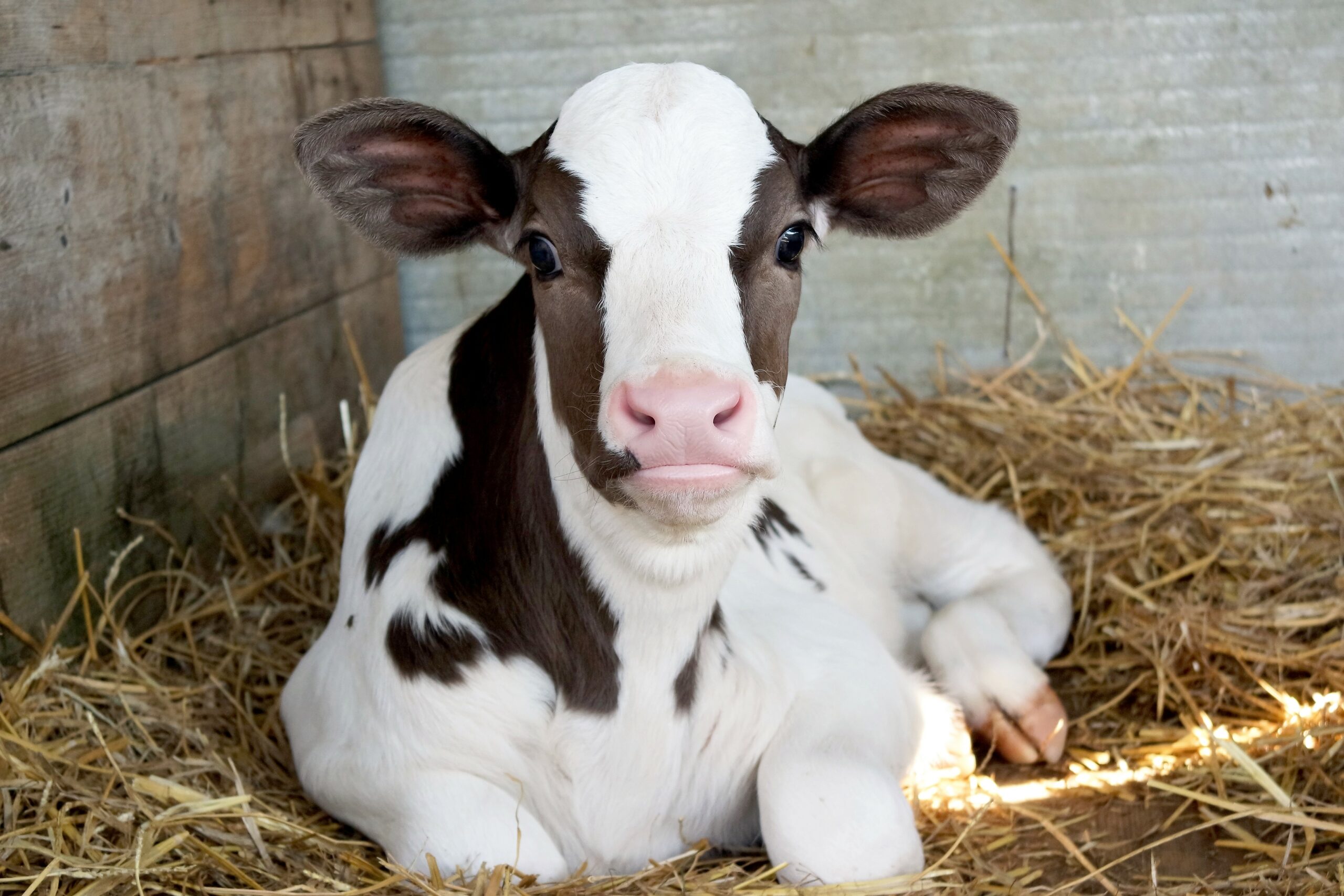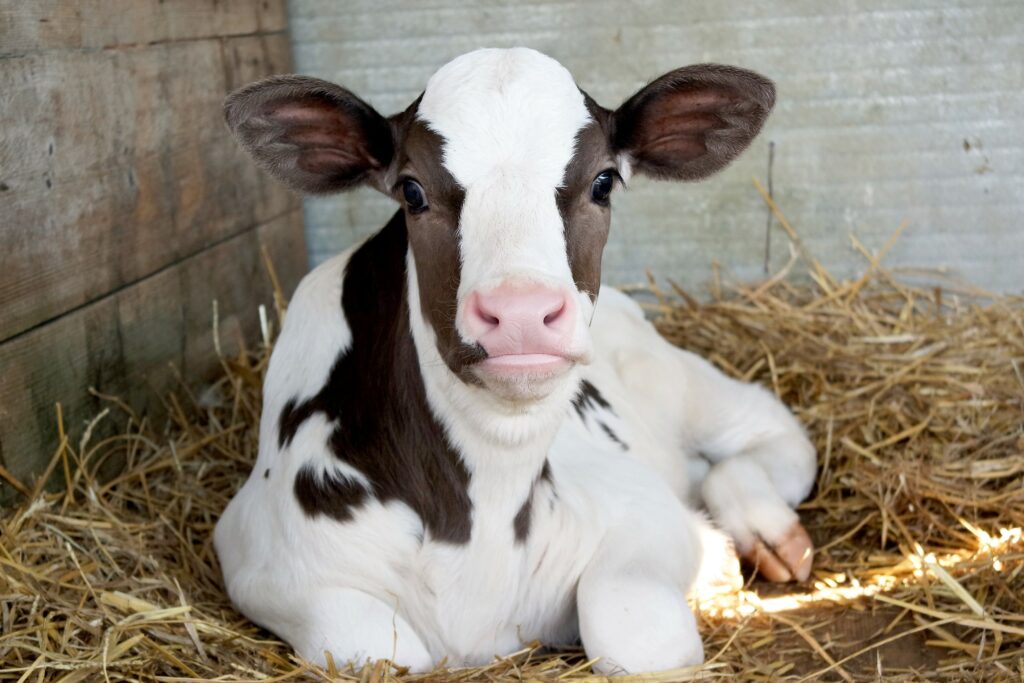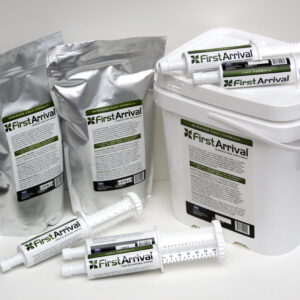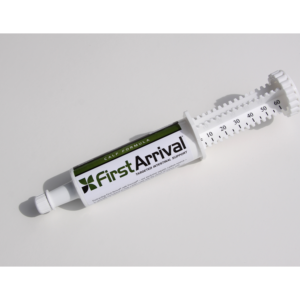
Dairy Calf Health
Today’s Consumption – Tomorrow’s Production

Your Dairy Calves Come First!
For today’s dairy producer, the heifer calf born today is the lifeblood for the future profitability of their dairy enterprise and their family. Research continues to show that investing in raising healthy, fast-growing heifers will pay huge dividends by helping them reach their genetic potential that drives more milk during their lifetime in the milking herd.
And currently the value of dairy beef or beef on dairy calves to those operations is providing a profitable market for those calves. With the current beef supply and price, investments in this segment will help raise healthy, fast-growing calves that put on weight more quickly.
Optimizing Lifetime Milk Production Starts Early
From selection of genetics for targeting future milk production 22-24 months after birth to all steps involved until she enters the milk string, raising healthy heifers that reach their genetic potential requires focus on multiple production areas over that time. Key areas include (not all inclusive):
- Always select quality inputs going into the animals, including feed ingredients, vaccines, digestive support, animal health products and the farm labor that is caring for your calves.
- Provide proper nutrition for the pregnant cow to ensure she has the proper fuel to gestate the calf and provide high quality colostrum for the calf at birth.
- Implement vaccination protocols for the cow and calf that helps drive a high level of immunity for diseases they will be exposed to in their lifetime.
- Ensure proper sanitation and biosecurity for the facilities, from the maternity pen, through weaning (including feeding equipment) and beyond tailored to how you raise your calves.
- Dip navel in 7% iodine suspension immediately after birth.
- Tag and/or tattoo calf to ensure identification and proper record keeping.
- Develop a colostrum management program that provides the proper amount of high-quality colostrum harvested in the first 30 minutes and fed according to guidelines within 2 hours. If possible, feed a second round of high-quality colostrum 6-8 hours later.
- Develop a feeding program, whether milk or milk replacer, that delivers the total solids that will deliver the growth targets you need to meet in your operation. Don’t forget to account for increased energy and nutritional needs during cold weather.
- Provide plenty of fresh, clean water at all times.
- Incorporate feed supplements, including eubiotics (probiotics, prebiotics, organic acids, essential oils and other novel technologies), that are designed to help maintain normal digestive health and support a healthy, functioning immune system.
- Utilize key partners in assessing, developing and implementing your calf raising protocols, including veterinarians, nutritionists, housing and allied industry experts.
A lot of these can be summed up by the “5 C’s of Calf Care”.
- Colostrum
- Calories
- Cleanliness
- Comfort
- Consistency
While this list is meant to share high level discussion points that help you develop a sound calf raising program, here are a couple of resources that provide more in-depth information for your consideration.
- DCHA Gold Standards For Calf Raising
- Basic Care Practices For Healthy Calves (University of Minnesota)
DBC Ag Products Helps You Meet Your Future Milk Production Goals
DBC Ag Products offers multiple products, including First Arrival Calf Powder, that deliver the broadest combination of eubiotics (probiotics, prebiotics, organic acids and essential oils) and other novel technologies that are helping dairy producers raise healthy, fast-growing calves. They are designed to help maintain normal digestive health and support a healthy, functioning immune system in newborn calves after birth, through weaning and beyond. Maintaining normal can go a long way to helping your calves reach their genetic potential and help drive future profitability.



